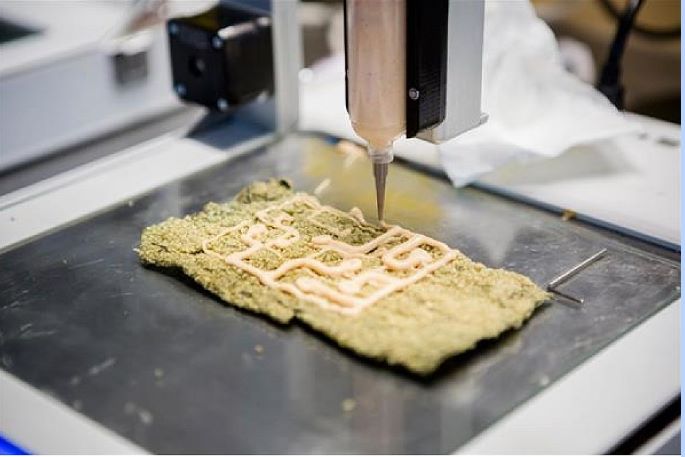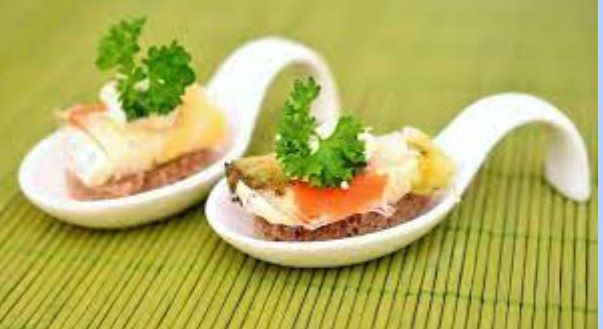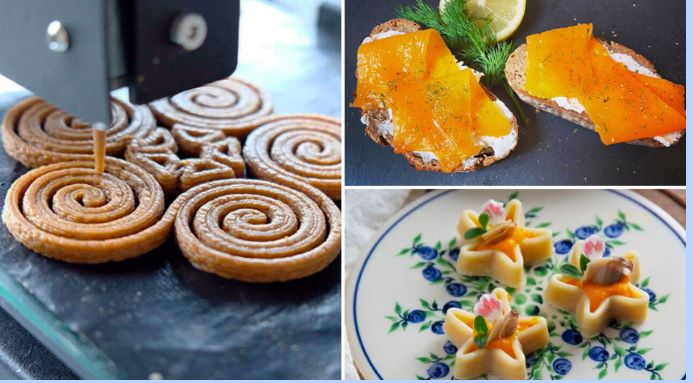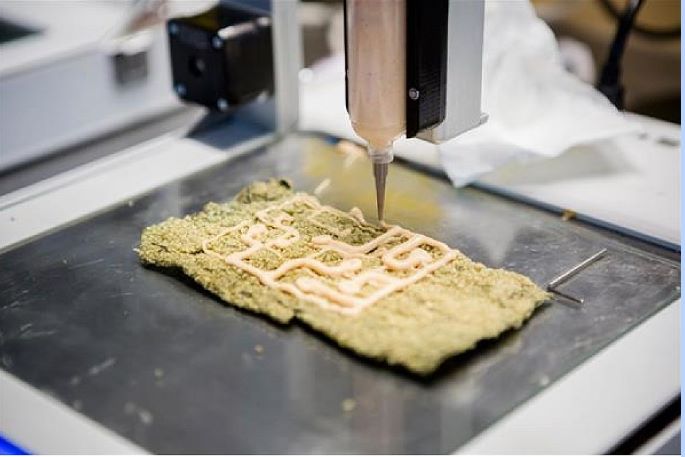In recent years, 3D printing has become increasingly popular as a way to create different objects, from toys and tools to prosthetics and even food. One of the most commonly used materials in 3D printing is polylactic acid (PLA), a biodegradable and bioactive thermoplastic derived from renewable resources such as corn starch or sugarcane. PLA is known for its ease of use, versatility, and relatively low cost compared to other 3D printing materials. However, one question that frequently arises is whether PLA is safe for use in contact with food. In this article, we will take a closer look at the properties of PLA, potential food safety concerns, and best practices for using PLA in food-related applications.

In addition to potential toxicity concerns, there are considerations about the mechanical properties of PLA. PLA is a relatively brittle material, which can make it less suitable for certain applications. For example, it may not be appropriate for applications where flexibility is required, or where the material will be subjected to repeated stress. In these situations, other materials, such as ABS or nylon, may be more suitable.
Despite these concerns, PLA is a popular choice for 3D printing, particularly for hobbyists and those printing non-critical parts. It is also widely used in the food industry for food packaging, disposable utensils, and other applications. While it is generally considered safe for these applications, it is important to note that not all PLA is created equal. Manufacturers may use different additives or production processes that could impact the safety and quality of the final product.
Properties of PLA
PLA is a plastic made from lactic acid, produced by fermenting starches or sugars. It has several attractive properties that make it a popular choice for 3D printing, such as:

-
Biodegradability
PLA is biodegradable and compostable, which means it can break down into harmless natural compounds over time when exposed to the right conditions, such as high heat and moisture. It makes PLA a more environmentally friendly alternative to traditional plastics, which can take hundreds of years to decompose.
-
Low toxicity
PLA is generally considered safe and non-toxic, as it does not contain harmful chemicals such as bisphenol A (BPA) or phthalates, which can leach into food or water and cause health problems.
-
Easy to print
PLA is easy to use and can be printed at low temperatures (around 200°C), which makes it compatible with a wide range of 3D printers. It also adheres well to print beds and can be easily removed after printing.
-
Versatile
PLA can be colored, painted, sanded, and even polished to achieve different finishes and textures. It can also be combined with other materials, such as wood or metal, to create hybrid prints with unique properties.
While PLA is generally considered safe for food contact and non-critical 3D printing applications, there are potential concerns about its toxicity and mechanical properties. It is important to choose a high-quality, food-safe PLA filament and to follow proper safety precautions when handling the material. If you have any concerns about the safety of a specific PLA product, it is best to consult with the manufacturer or a qualified expert.
Potential Food Safety Concerns

Despite its many benefits, there are some potential food safety concerns associated with PLA that users should be aware of. These include:
-
Limited heat resistance
PLA has a relatively low melting point (around 180°C), which means it may soften or deform when exposed to high temperatures, such as those used in cooking or dishwashing. It can cause the printed object to warp or lose its shape, and potentially release harmful chemicals into the food.
-
Porous surface
PLA has a porous surface that can trap bacteria, dirt, or other contaminants if not properly cleaned or sanitized. It can increase the risk of foodborne illness or infection if the printed object is used for food storage or preparation.
-
Chemical additives
Some PLA filaments may contain chemical additives, such as colorants or plasticizers, that are not food safe and may leach into the food or drink. It’s important to choose high-quality PLA filaments from reputable suppliers that comply with food safety regulations and standards.
Best Practices for Using PLA in Food-related Applications

When using PLA in food-related applications, it is important to follow some best practices to ensure the safety of the end product. Here are some guidelines to consider:
-
Use food-safe PLA
Food-safe PLA refers to PLA filaments specifically designed and certified for food-related applications. These filaments are manufactured using materials deemed safe for use in food contact by regulatory agencies such as the FDA and the EU. The certification of food-safe PLA filaments assures users that the material is free from harmful chemicals or substances that could potentially contaminate food.
Food-safe PLA is typically produced with higher standards of quality control and purity compared to regular PLA filaments. It ensures that the filament meets the requirements for food contact materials, which include low levels of heavy metals, restricted additives, and minimal off-gassing during processing. Look for PLA certified as food-safe by regulatory agencies such as the FDA and European Food Safety Authority (EFSA). Make sure the filament is labeled as “food-safe” or “FDA-approved” before purchasing it.
-
Avoid high temperatures
One important thing to keep in mind when using PLA in food-related applications is to avoid exposing it to high temperatures. PLA has a relatively low melting point, which means that it can warp or deform when exposed to temperatures higher than 60-65 degrees Celsius. It can not only affect the aesthetic appeal of the object, but also result in potential health risks, as deformed or melted objects may release chemicals that can contaminate the food.
-
Clean and sanitize
Another important consideration when using PLA in food-related applications is to ensure that the material is free from impurities. Impurities in the filament can lead to uneven heating and melting, which can compromise the safety of the finished product. It is recommended to use high-quality PLA filament that is food-grade certified, as this ensures that the material is free from impurities and tested for safety.

In addition, it is important to clean PLA objects thoroughly before and after use. PLA is a porous material, which means that it can absorb food particles and bacteria if not cleaned properly. It is recommended to hand wash PLA objects with mild soap and water and to avoid using harsh chemicals or abrasives that can damage the surface of the material.
-
Discard if damaged
If your PLA object becomes damaged, cracked, or broken, it is essential to discard it rather than attempt to repair it. The damaged area may harbor bacteria or other contaminants, which can be harmful to health.
Finally, it is important to use common sense when using PLA in food-related applications. If you have any doubts or concerns about the safety of your PLA object, it is always better to err on the side of caution and avoid using it for food-related purposes.
Conclusion
In conclusion, PLA is generally considered safe for use in food-related applications, as long as it is labeled as “food-safe” or “FDA approved”, and is used within the recommended temperature range. It is important to follow best practices when using PLA in food-related applications, such as avoiding high temperatures, using a food-safe coating, cleaning and sanitizing regularly, and discarding damaged objects.
While PLA is considered safe for use in food-related applications, it is important to take the necessary precautions to ensure that the material is free from contaminants and not exposed to high temperatures. By following these best practices, users can confidently use PLA to create objects for food-related applications, including kitchen utensils, food containers, and even edible items like cake toppers and decorations. And with the help of user-friendly 3D model maker and printing software like SelfCAD, creating these objects has never been easier.
SelfCAD is a 3D modeling software that is popular for its user-friendly interface and easy-to-use tools. It is a great option for designing food-related objects, such as utensils, containers, and molds. With SelfCAD, you can easily create complex shapes and geometries, apply textures and colors, and export your designs for 3D printing. Additionally, SelfCAD offers a wide range of tutorials and resources to help users get started with 3D modeling and design.


